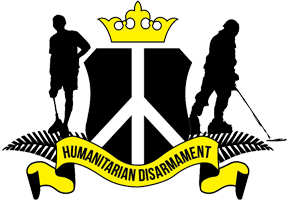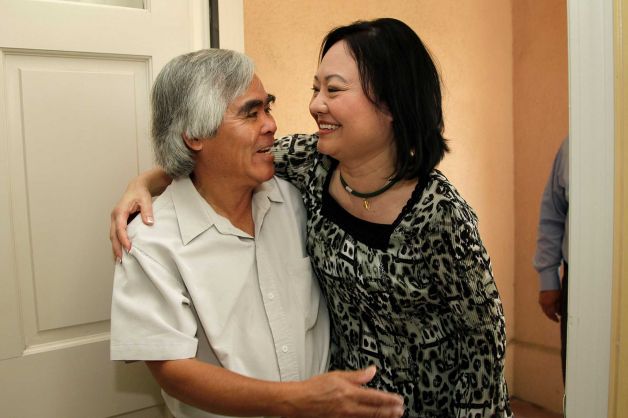The photo of the naked, crying little girl is unforgettable. On 8 June 1972, Nick Ut of Associated Press photographed nine-year-old Kim Phuc running down a road in Vietnam after an air strike on her village using incendiary weapons. According to AP, the naked sticky napalm had “melted through her clothes and layers of skin like jellied lava.”
In the decade that followed Kim Phuc’s injury, the shocking consequences that napalm inflicted on civilians in Vietnam and elsewhere became major factors motivating the adoption of new international humanitarian law. In 1977 nations agreed to strengthen protections to victims of armed conflicts through the Additional Protocols to the Geneva Conventions. In 1980, the Convention on Conventional Weapons (CCW) was concluded, including a protocol restricting the use of certain incendiary weapons.
Yet forty years on, children continue to suffer from the devastating impacts of incendiary weapons. Across Southeast Asia, unexploded ordnance and toxic remnants from the Vietnam War continue to claim civilian lives despite the continued clearance and clean-up effort. Incendiary weapons continue to be used and international law is still failing to protect civilians from their harmful effects.
In a new Salon.com article, Steve Goose of Human Rights Watch and Bonnie Docherty of Harvard University Law School’s International Human Rights Clinic argue that CCW Protocol III has “failed to live up to its promise of protecting civilians from the effects of incendiary weapons.” They point out that napalm is the most notorious incendiary substance, but more than 180 models of incendiary weapons currently exist. They draw particular attention to the harm caused by white phosphorus munitions, used in more recent conflicts, which exemplifies the specific humanitarian problems weapons with incendiary effects present.
White phosphorus munitions are generally designed to be used by militaries as smokescreens to obscure their operations on the ground and to illuminate and mark targets at night. Yet today in Afghanistan, white phosphorus is being used as an incendiary weapon to ignite fuel supplies, ammunition, and other materiel. The Israel Defense Forces (IDF) used white phosphorus in Gaza in 2009, killing and injuring civilians and damaging infrastructure, including a United Nations school. In 2005, the United States used white phosphorus in Fallujah, Iraq, reportedly killing and injuring civilians
Human Rights Watch and Harvard University Law School lay out a compelling case for governments to revisit and strengthen the CCW protocol on incendiary weapons. They also point out that “a complete ban on the use of incendiary weapons would have the most humanitarian benefits and provide the strongest protection under international law.”
It’s time for governments heed this call and re-examine the protocol from a humanitarian perspective to prevent future casualties from incendiary weapons.
Photo: Phan Thi Kim Phuc, right, hugs Associated Press staff photographer Nick Ut during a reunion in Buena Park, Calif., Saturday, June 2, 2012. (c) Jae C. Hong / AP


Leave a Reply